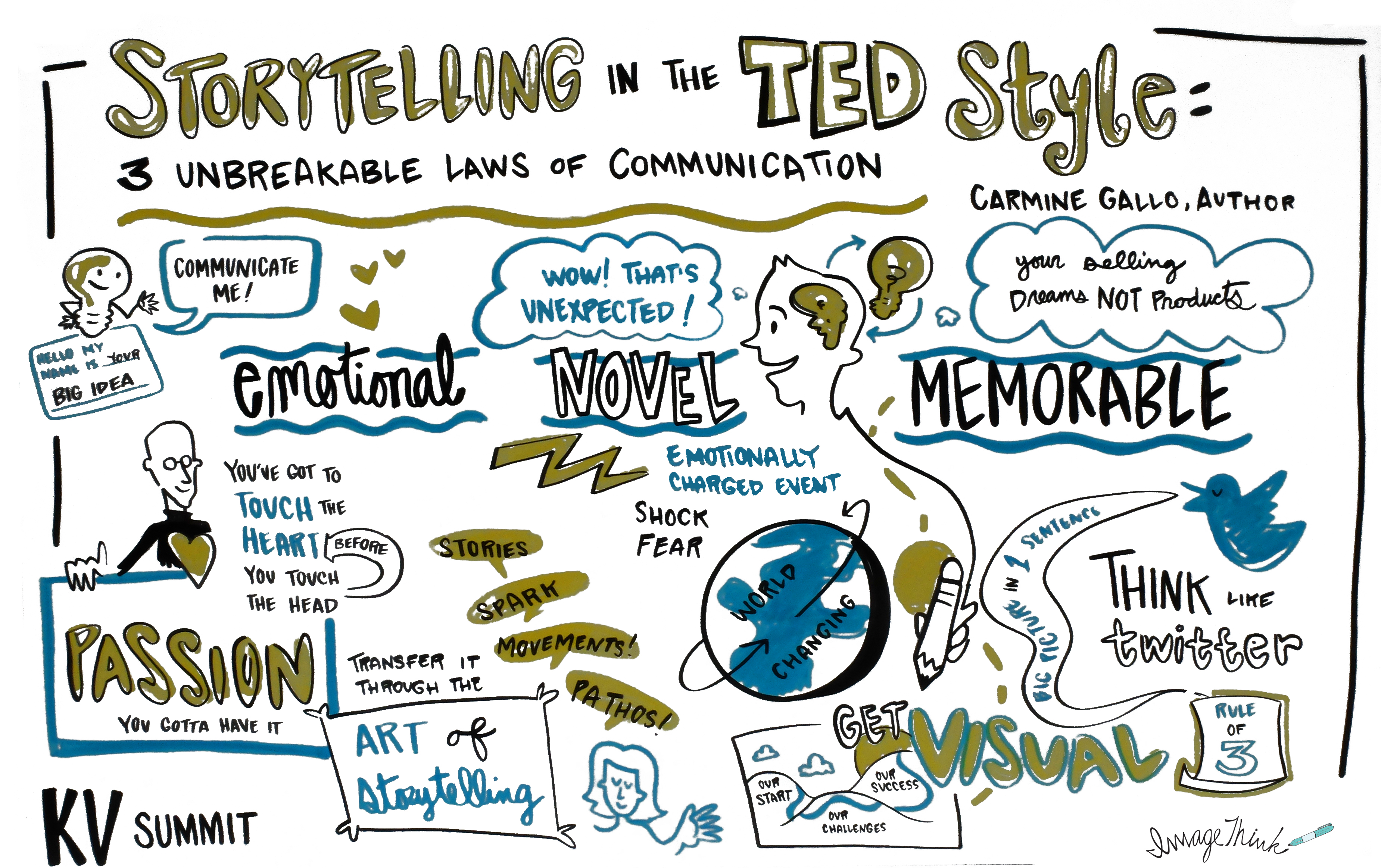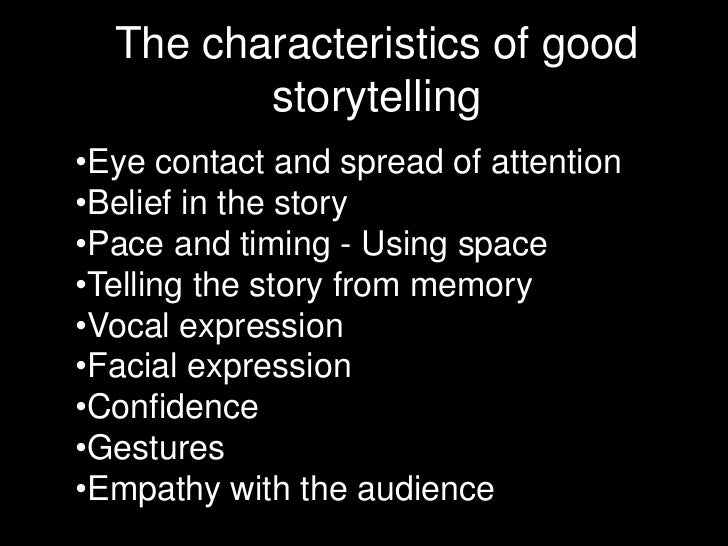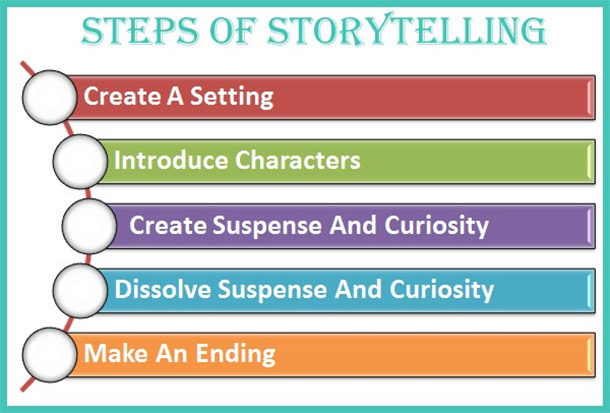 |
| http://ecx.images-amazon.com/images/I/51aYHODqbUL._SX331_BO1,204,203,200_.jpg |
1. Warm-up Slap, Clap, Click, Click (concentration, rhythm, pacing, working together)
Stand in a circle. The leader begins a 4/4 rhythm, which everybody joins in with:
One – slap both hands on thighs
Two – clap hands together
Three – click fingers of right hand
Four – click fingers of left hand
Once the rhythm is established, go round the circle with everybody
saying their own name on the fourth beat, as you click your fingers with
your left hand. Try not to speed up.
- You can play this as a name game – on the fourth beat you say the name of the person next to you.
The next version is a little more challenging. Give a number to
everybody around the circle from 1 to however many there are. Get the
rhythm going again. One person begins by saying their own number on the
third beat and somebody else’s number on the fourth beat. Whoever’s
number was called on the fourth beat calls their own number on the third
beat of the next bar and somebody else’s number on the fourth. So it
could go like this:
Slap – clap – six – ten
Slap – clap – ten– sevenSlap – clap – seven – two
And so on. If and when a mistake is made, stop the game and begin
again. Emphasise the steadiness of the beat. You could have a forfeit
for whoever makes a mistake – I’ll leave that up to you!
 |
| https://geibsummer2011.wikispaces.com/file/view/image-text.png/242153627/880x674/image-text.png |
2. Compare/Contrast interactive exercise:
http://www.readwritethink.org/classroom-resources/student-interactives/compare-contrast-30066.html
3. Task 1 (again)











